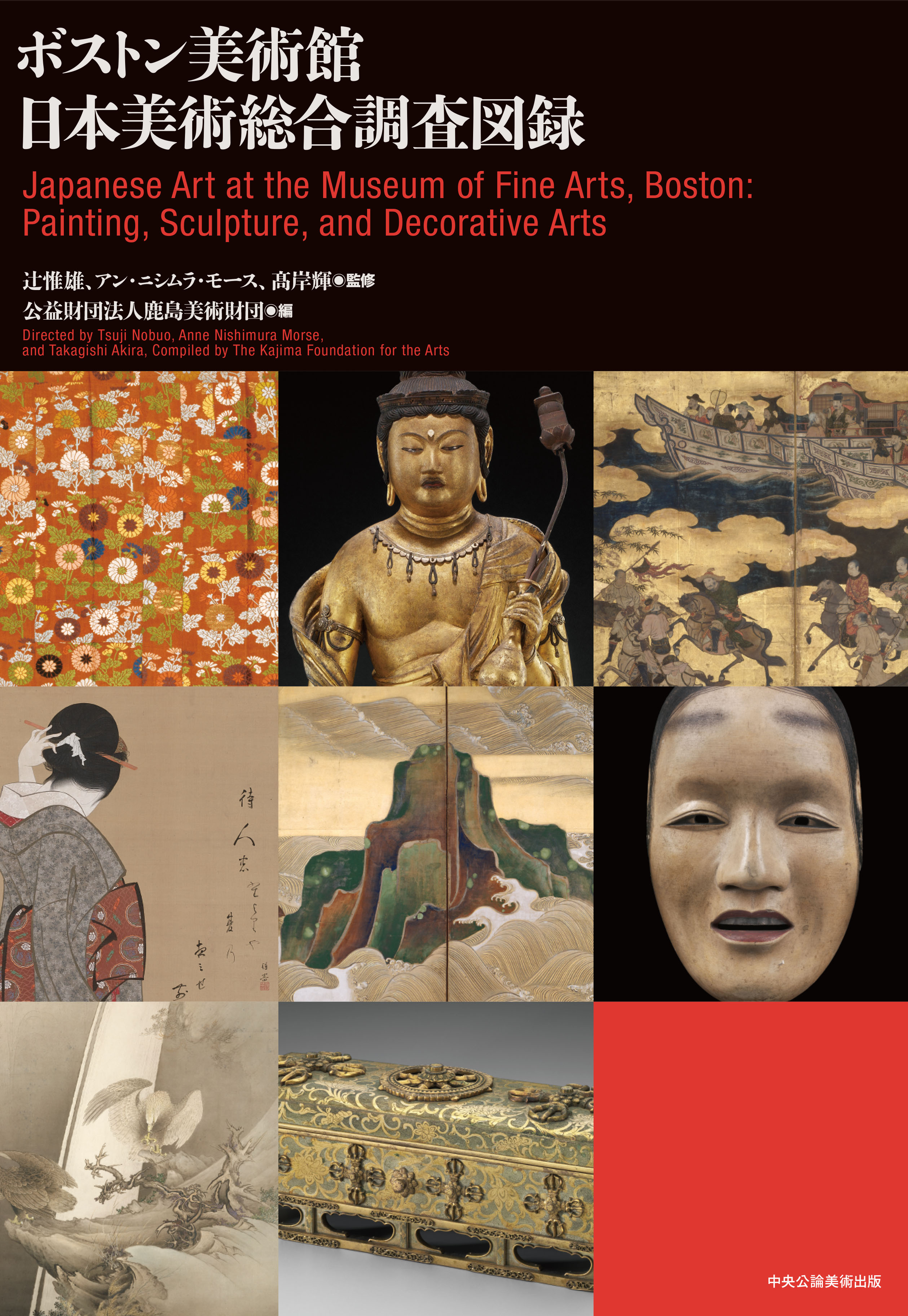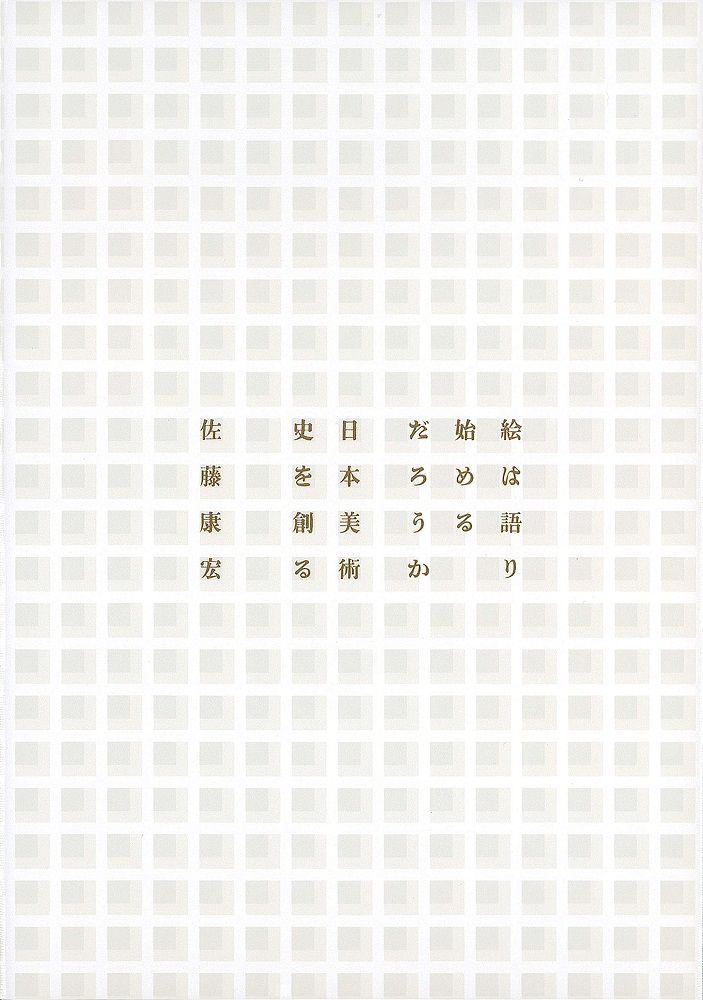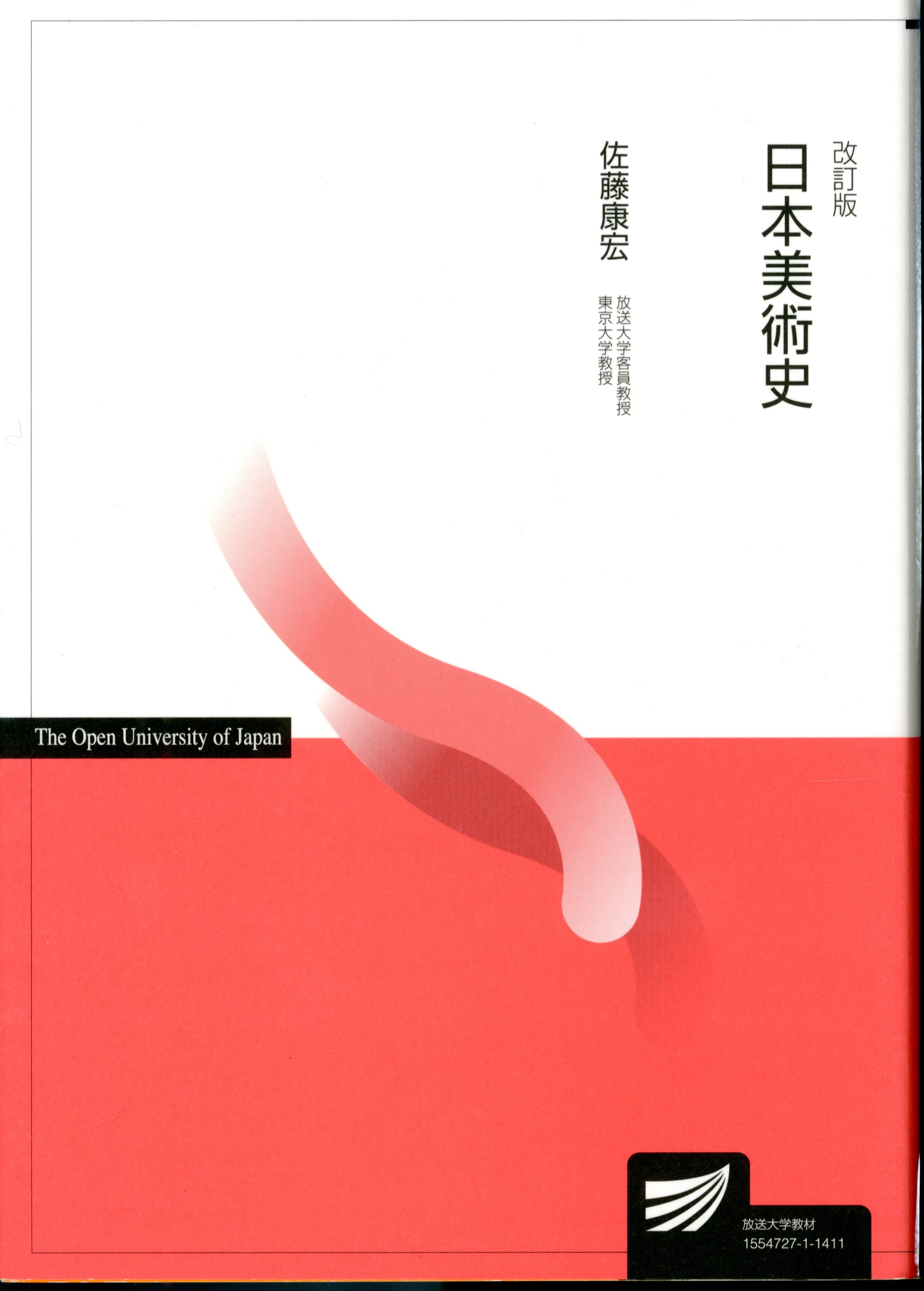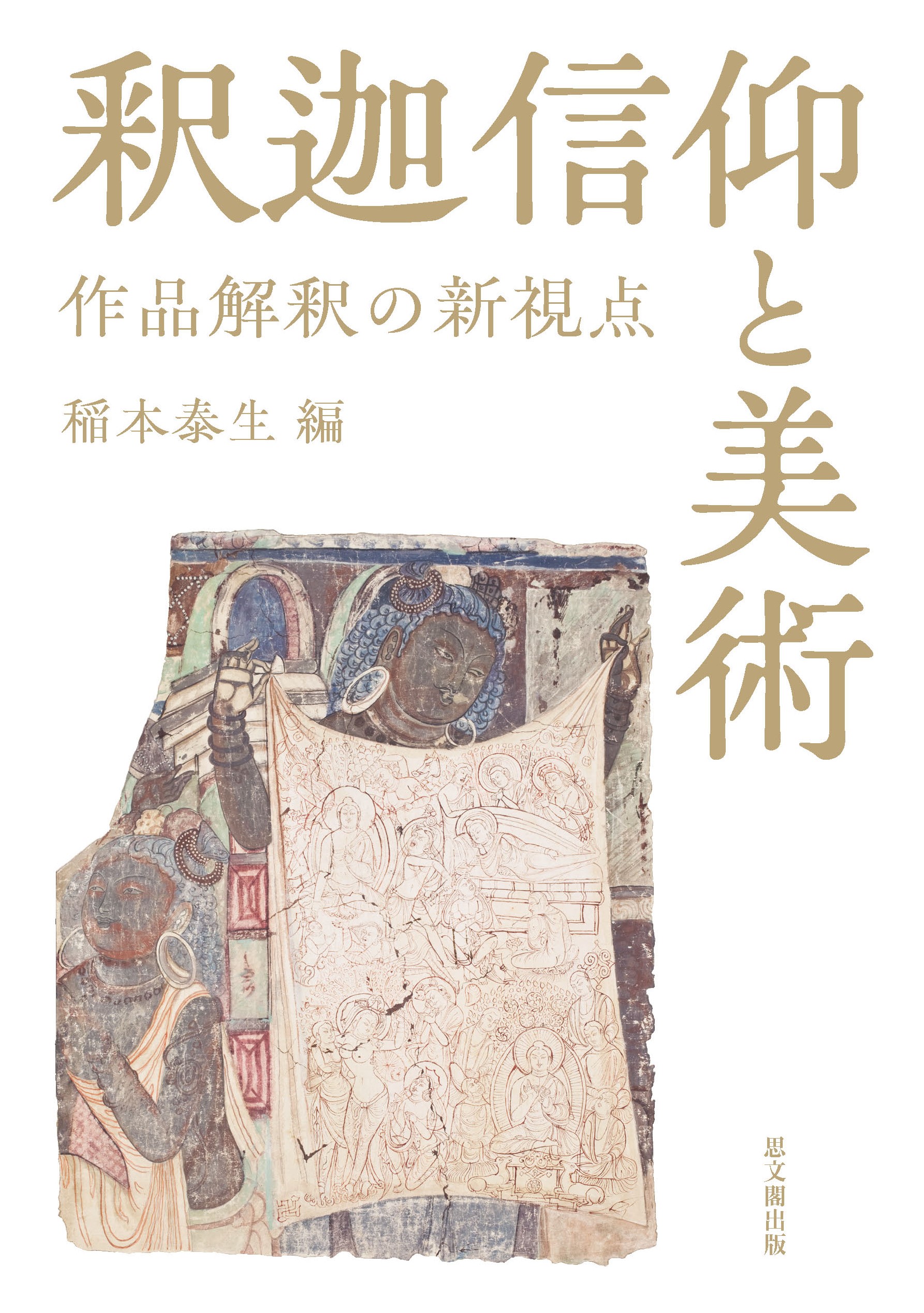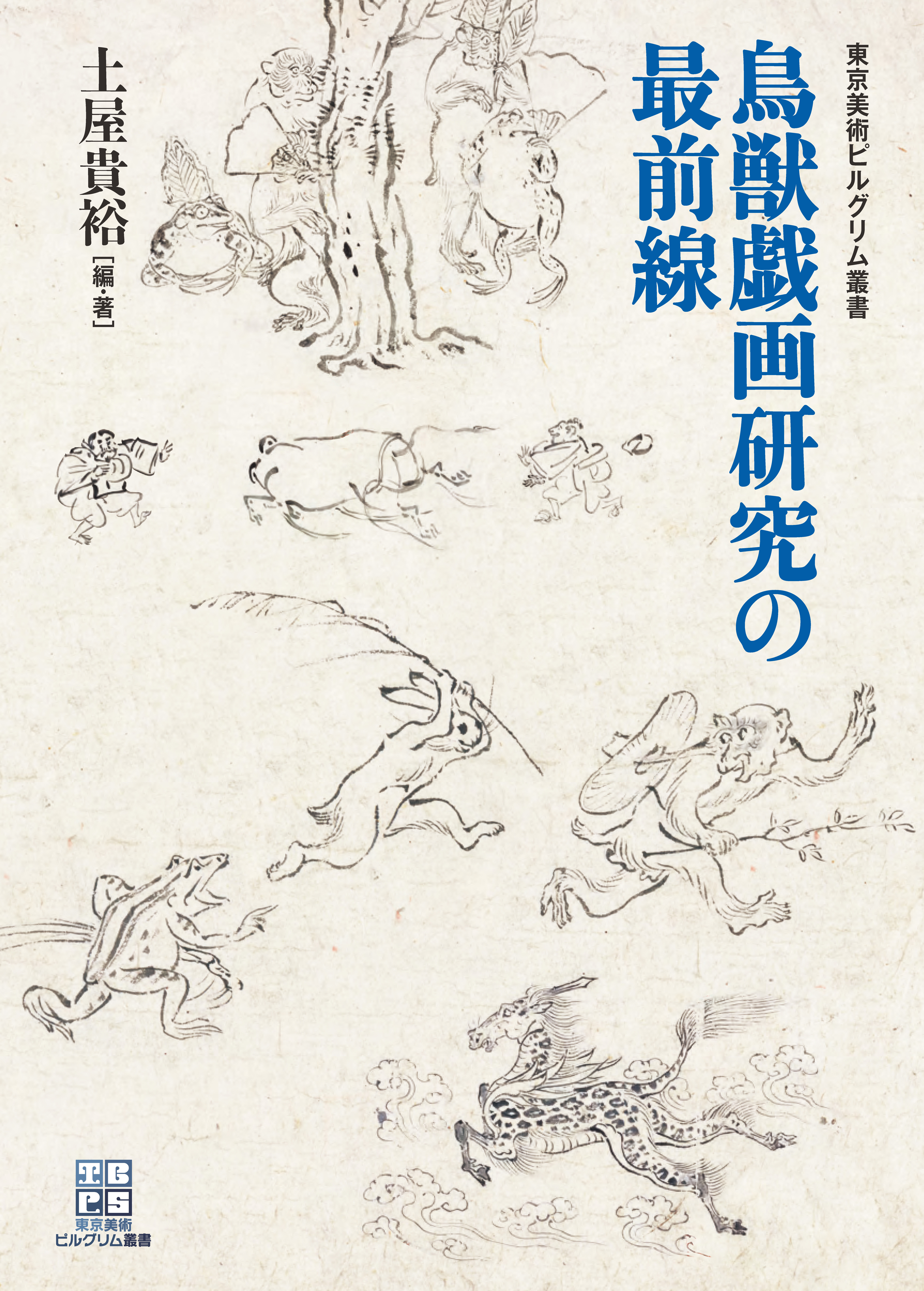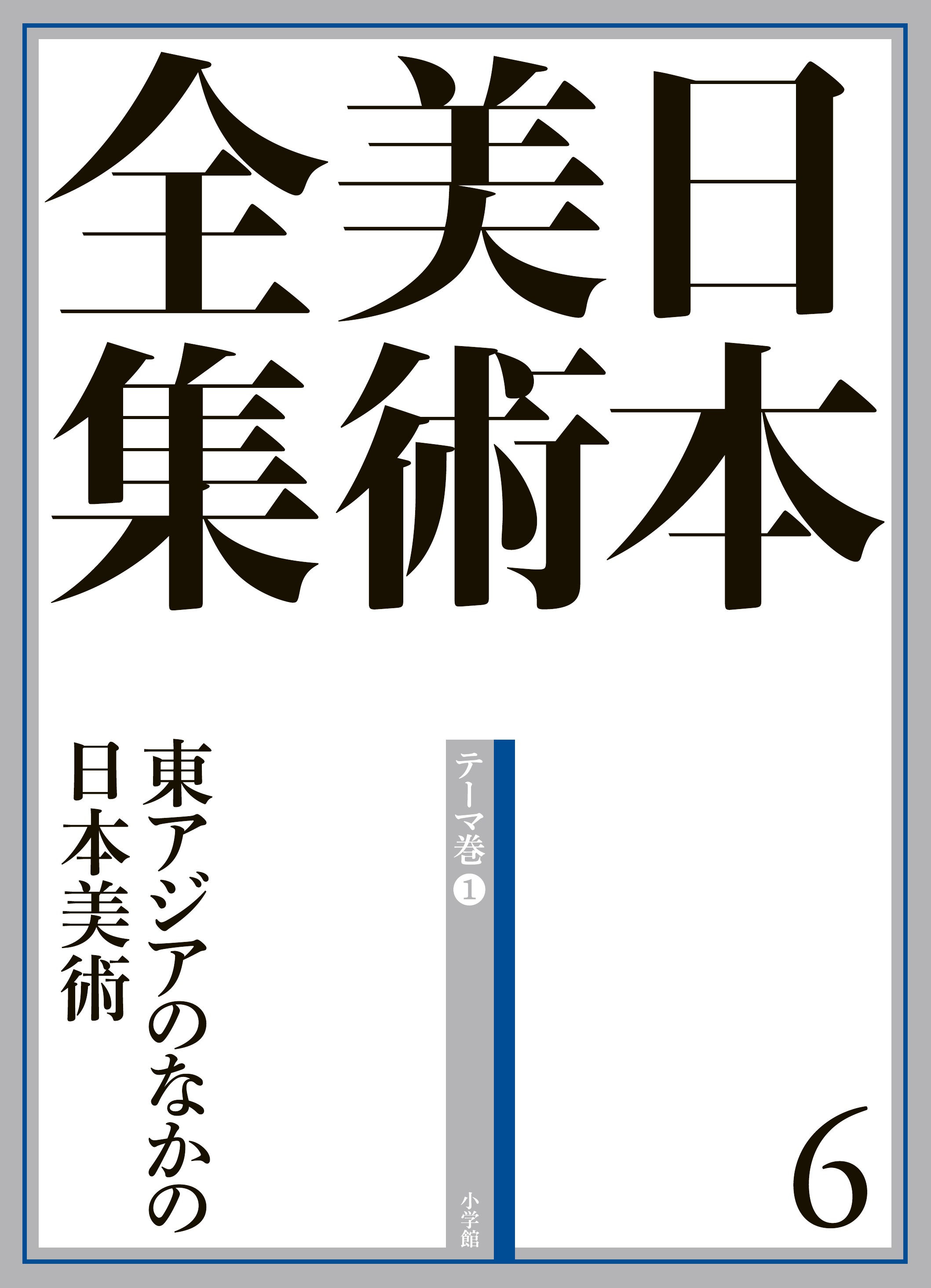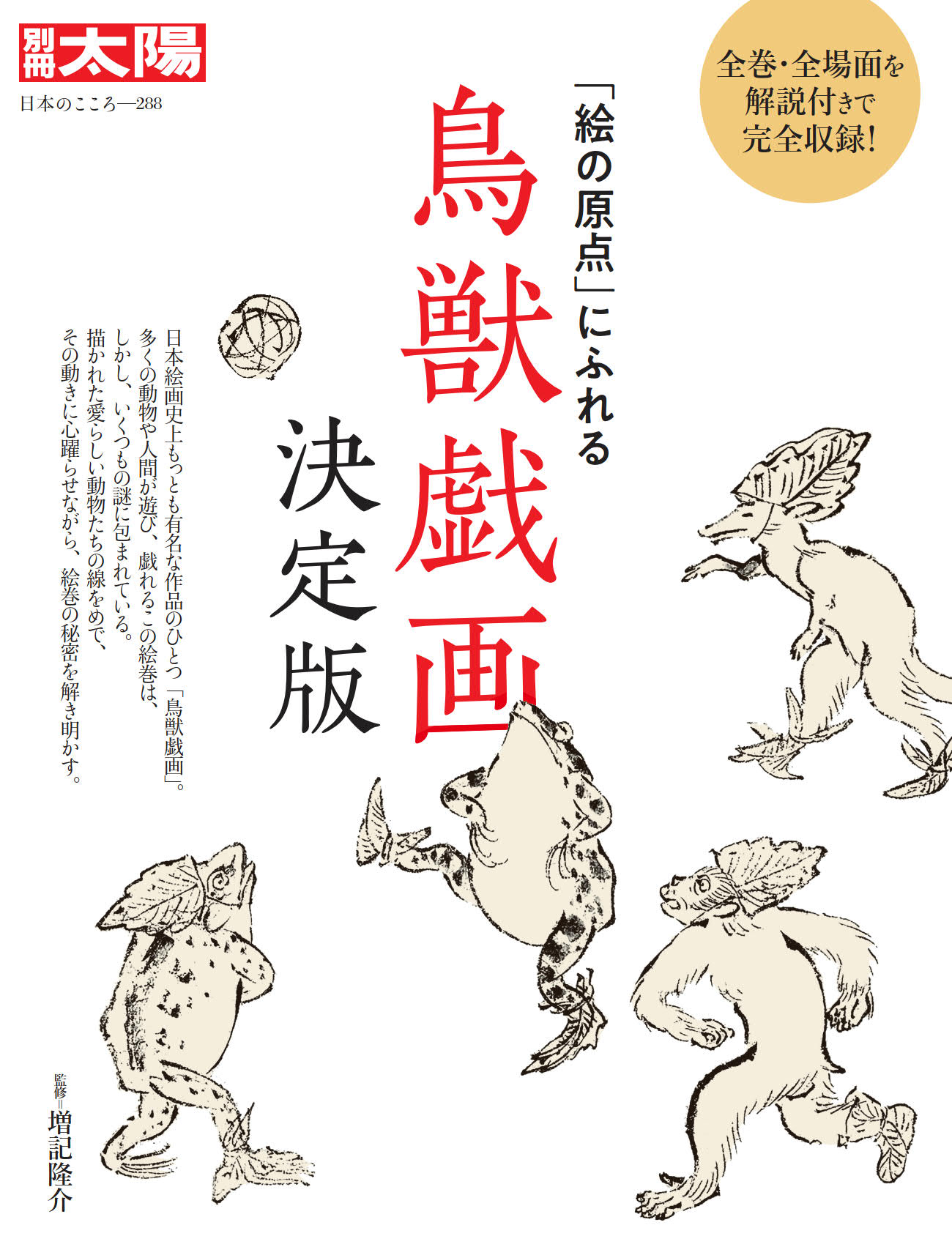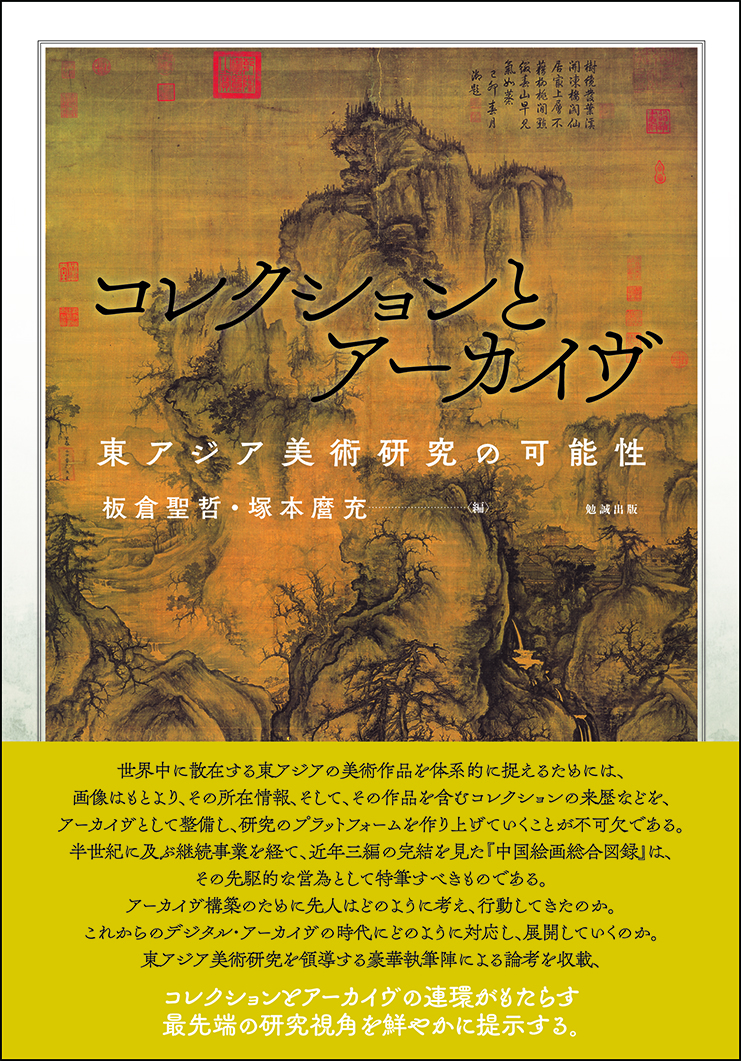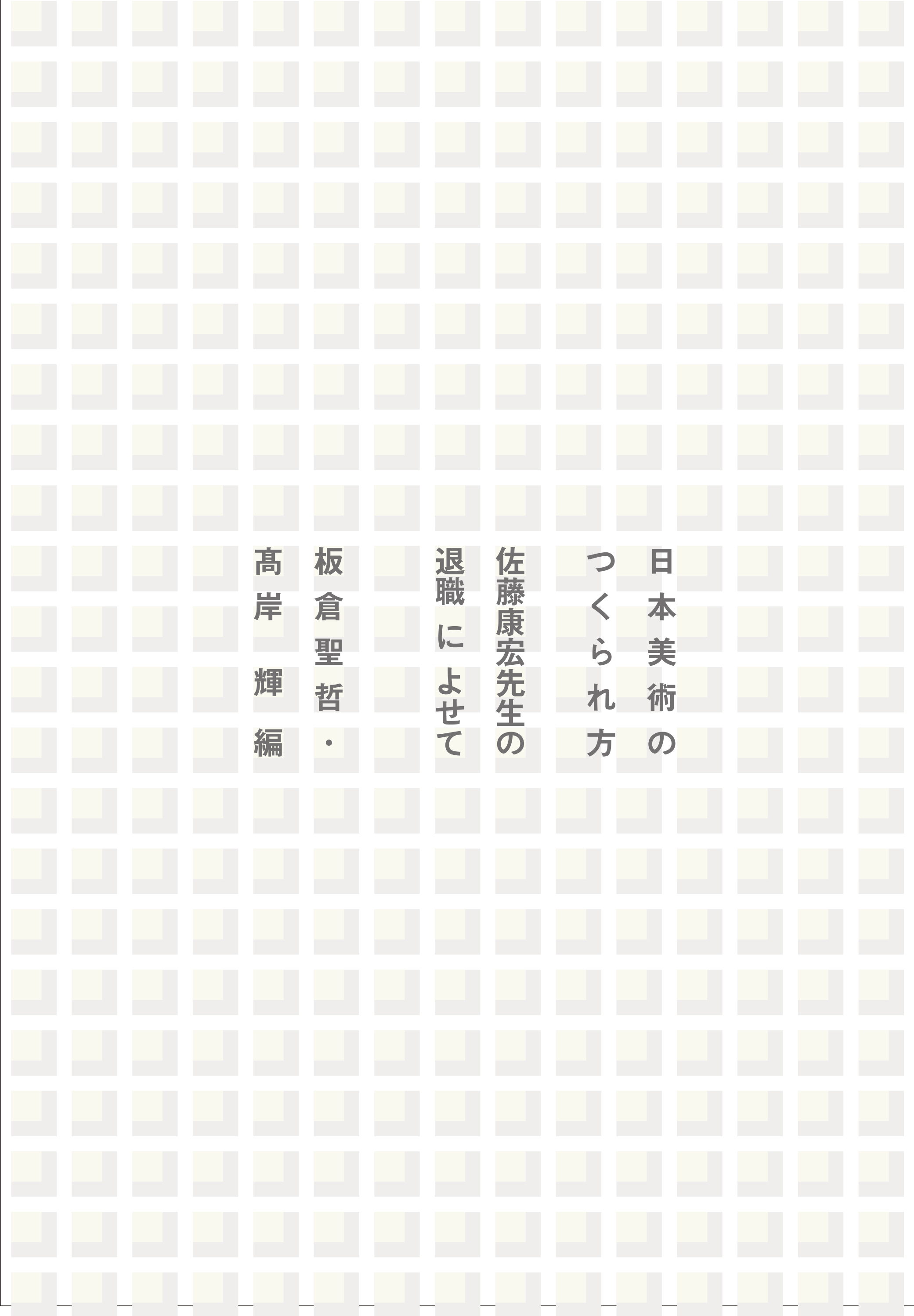
Title
Nihon Bijutsu no Tsukurarekata (How Japanese Art is Made: A Collection of Essays on Japanese Art in Honor of Professor Satō Yasuhiro)
Size
800 pages, A5 format
Language
Japanese
Released
December, 2020
ISBN
978-4-904702-82-6
Published by
Hatori Shoten
Book Info
See Book Availability at Library
Japanese Page
This is a collection of essays by people associated with Professor Satō Yasuhiro, who retired from the Graduate School of Humanities and Sociology (Faculty of Letters) at the University of Tokyo in March 2020. After completing his studies at the graduate school of the University of Tokyo, Professor Satō, who has led research on Japanese art history, especially the history of early modern painting, was involved in research on early art and the protection of cultural properties at Tokyo National Museum and the Agency for Cultural Affairs, and then from 1994 he taught for a quarter of a century at his alma mater. For descriptions of his research in his own words, reference can be made to several of his books taken up in UTokyo BiblioPlaza (History of Japanese Art, Yunazu, Jakuchūden, and Let the Picture Tell Its Tale). While his research has focused on painting in the Edo period, it is characterized by a broad perspective that covers the entire current of Japanese art from ancient times to the present day.
The graduate students whom he has supervised over the years are active throughout Japan as museum curators and university staff, and their specialities, too, range from Buddhist art of the ancient period to contemporary art. This book contains thirty-one essays arranged in the chronological order of their subject matter, and it has been divided into four parts. Part I (“The Appearance of Paintings, the Shape of Figures: The Ancient and Medieval Periods”) consists of studies of buddhas, bodhisattvas, and people appearing in paintings and sculptures of the ancient and medieval periods, and by analyzing the technical characteristics to be seen in their modes of representation the authors attempt to clarify the historical and intellectual background to their origins. Part II (“An Expanding World, Paintings That Connect: The Early Modern Period (1)”) focuses on what Japanese painting incorporated as the Portuguese and the Dutch arrived in Japan and intercourse with various parts of Asia grew from the Azuchi-Momoyama period to the Edo period. Part III (“Painters in Society: The Early Modern Period (2)”) examines the realities of how painters in Edo and other large cities produced their works while engaging with daimyō and other patrons and with the printers of ukiyoe. Part IV (“Creating Japanese Art Today: The Modern and Contemporary Periods”) deals with a wide range of topics, including the process whereby the contours of the discipline of Japanese art history evolved from the Meiji Restoration onwards, the formation of the genres of Japanese painting and Western painting, and artistic activities in the regions.
When writing essays for a professor who is about to retire, the writers will recall the guidance they received as students and will give careful thought to an appropriate topic. It is not unusual for a brief comment made by the professor during a lecture or a seminar or during an oral examination for a graduation thesis, master’s thesis, or doctoral thesis to remain deeply embedded in the student’s mind even after graduation and to eventually provide guidance for their research or work. If one reads the above-mentioned books by Professor Satō together with the essays in this volume, it will be evident that in every case drawing as close as possible to the art work itself forms the basis of the discussion. And it should also become clear how at the University of Tokyo teachers and students assiduously applied themselves to the task of examining the art work in front of them.
(Written by TAKAGISHI Akira, Associate Professor, Graduate School of Humanities and Sociology / 2021)



 Find a book
Find a book


